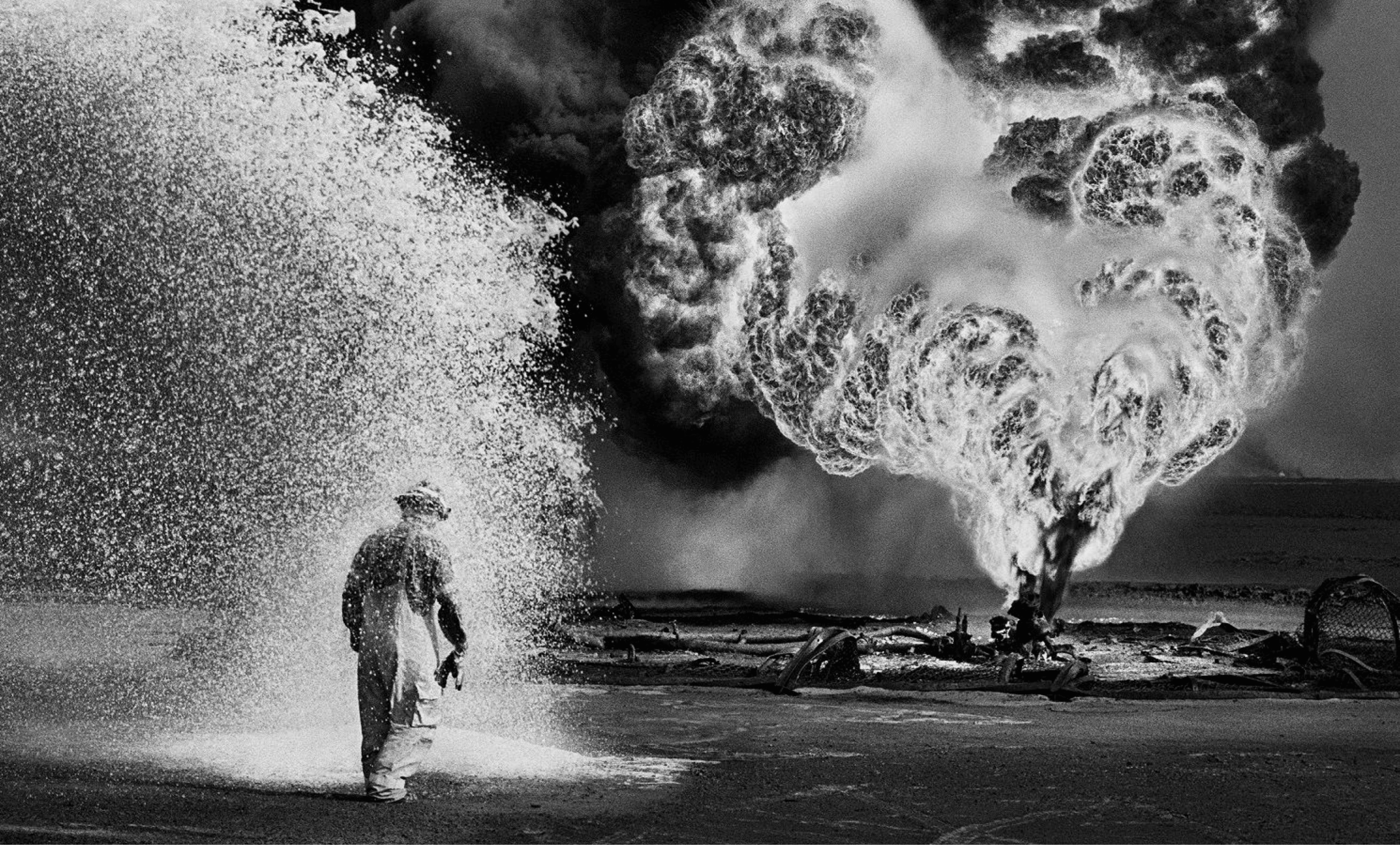In August 1990, Iraq, led by Saddam Hussein, invaded Kuwait, motivated by territorial and economic issues. It was the starting point for the Gulf War, which would begin in January of the following year, with the entry of an international coalition - which included Portugal - into the war. Although it lasted only five weeks, one of the main tragedies of this conflict, apart from the loss of human lives on both sides, was the disastrous impact on the environment.
During the war, fearing a maritime attack by the international coalition, Iraqi forces used Kuwait's oil pipelines to dump oil into the Persian Gulf and thus prevent any possibility of aggression from the sea. In what became known as one of the largest oil spills in history, were intentionally launched more than 1.3 million tons of oil to the sea, which caused catastrophic and irreversible damage to the local fauna and flora, and harmed more than 700 kilometers of coastal territory and respective communities, affecting, above all, Kuwait and Saudi Arabia.
The international response to this spill - considered a crime of environmental terrorism - was quick. However, economic interests meant that the cleanup efforts, which would last for years, were focused on recovering the oil offshore so that it could be reused, leaving aside the cleaning of beaches and the severely affected coastal region.
Even so, despite the tragic scale of the spill, something as bad or worse was yet to come. When forced to leave Kuwaiti territory, Saddam Hussein ordered his troops that, during the withdrawal, set fire to all the oil wells that they managed along the way. In an event that became known as Kuwait fires, about 700 oil wells were deliberately set on fire as part of a scorched earth tactic.
Some of these fires took 9 months to be extinguished and the environmental consequences are immense. Air pollution was one of the main consequences of these fires, due to the smoke and the release of toxic gases and fine particles into the atmosphere. The smoke clouds could be seen from space and, on land, the Kuwait desert was covered with soot, described by Larry Radke, from the United States National Center for Atmospheric Research, as “(...) painted black”.

Moreover, although there is no exact estimate of the quantity, the massive burning of oil caused releases into the atmosphere unimaginable doses of carbon dioxide (CO2) and other greenhouse gases.
Finally, one of the most serious aspects was the water contamination. The oil spill in rivers, lakes, and underground aquifers contaminated several water sources, a resource that is already scarce in the region. All of this contributed to the destruction of biodiversity, with the death of many animals and extensive damage to the local vegetation.



Share this article:
How AI can help the environment
The most sustainable cities in the world